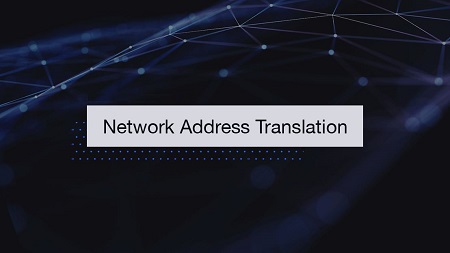
English | MP4 | AVC 1280×720 | AAC 44KHz 2ch | 0h 45m | 100 MB
This course will introduce the principles of setting up NAT on your network layer device and of understanding the potential security risks and rewards of using network address translation.
When TCPIP v4 was created, security and address preservation were not concerns like they are today. Fortunately, we now have network address translation to assist. In this course, Protocol Deep Dive: Network Address Translation (NAT), you will gain foundational knowledge of the potential security risks and rewards of using network address translation. First, you will learn how most experienced network administrators have worked with network address translation using Port Address Translation or linking IPs. Next, you will discover some other types of NAT also available. Finally, you will explore the interpretations of NAT by companies like Cisco that change the definition of the RFCs for NAT. When you are finished with this course, you will have the skills and knowledge of network address translation needed to set up NAT on your network layer device and to troubleshoot NAT issues.
Table of Contents
Course Overview
1 Course Overview
Identifying NAT Components
2 The History of the Need for NAT
3 RFCs that Make up the Catalog of NAT Types
4 NAT Loopback
5 IPv6 and NAT
6 Applications Affected by NAT
7 Cisco Static and Hide NAT
NAT Setup and Analysis
8 NAT Demonstration in a Modern Network
9 NAT Demonstration with a Router
10 NAT Demonstration in a SOHO Network
11 NAT as Seen through a Protocol Analyzer
Troubleshooting NAT
12 NAT Limitations
13 Debugging NAT
14 Disadvantages of NAT
15 NAT Vulnerabilities
Resolve the captcha to access the links!